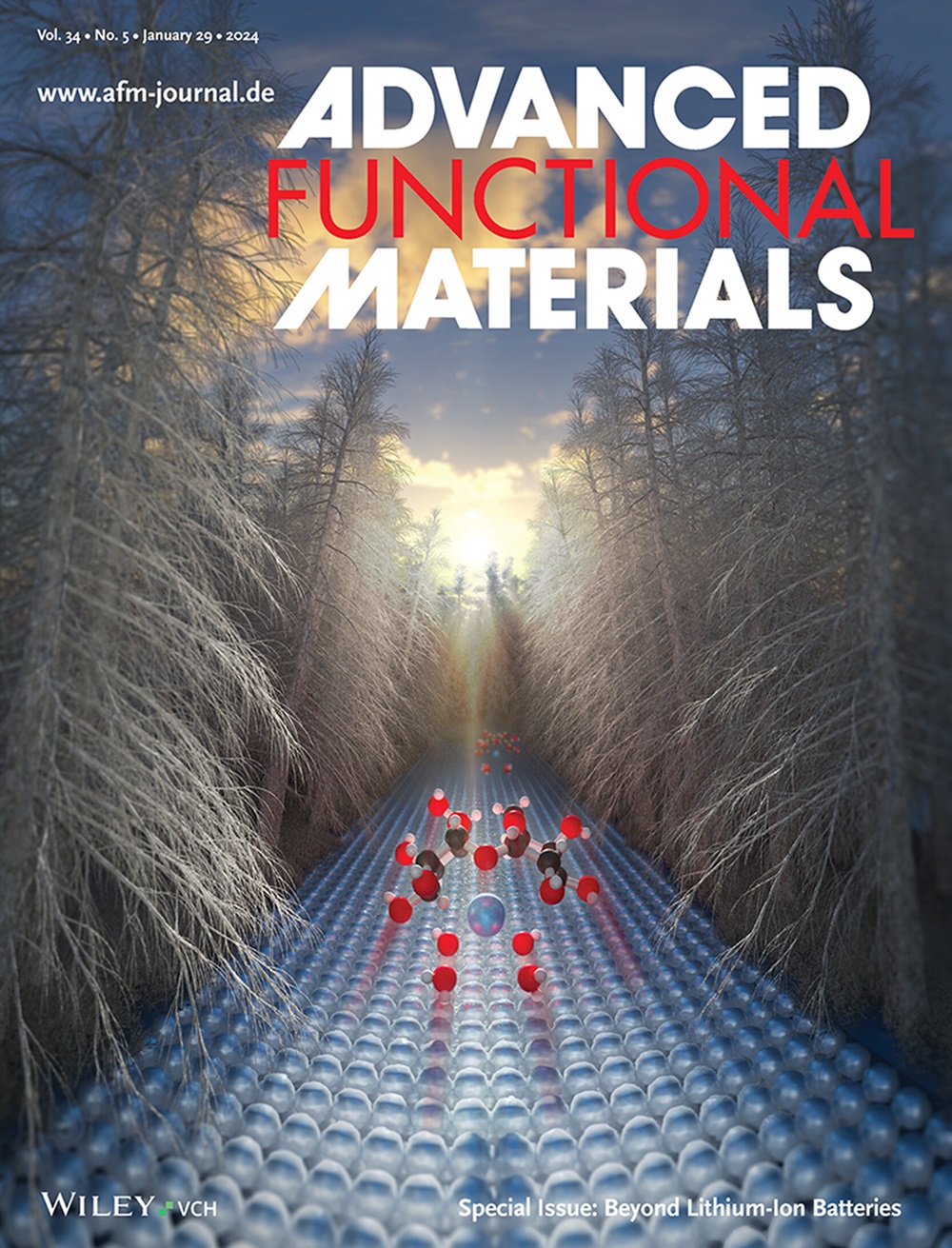Thermoresistive Network in Phase-Transition Hydrogel: Achieving on/off Switchable Electromagnetic Interference Shielding
IF 18.5
1区 材料科学
Q1 CHEMISTRY, MULTIDISCIPLINARY
引用次数: 0
Abstract
Intelligent electromagnetic interference (EMI) shielding materials, with their tunable EM wave response characteristics, have attracted much attention. However, the molecular-level response mechanism is under-explored and the tuning range is narrow. This study proposes an EMI shielding switch hydrogel based on molecular precision manipulation of a thermoresistive network capable of adaptively regulating electromagnetic shielding performance. It has two temperature-controlled switching states: on/off and strong/weak shielding. The hydrogel consists of interpenetrating polyvinyl alcohol (PVA) and poly(N-isopropylacrylamide) (PNIPAM) networks, giving it thermal shrinkable properties. A temperature-induced high contact resistance MXene-carbon nanotubes (MXene-CNTs) conductive network is assembled within it. This combination enables the hydrogel to have switchable EMI shielding performance in the X-band, with a range of 9.3–53.9 dB at different temperatures or thicknesses. The remarkable performance results from the synergistic effect of a temperature-driven shrinkage matrix and a thermoresistive network, involving adjustments of conductive particle stacking, hydrogel conductivity, and electromagnetic wave transmission path. MXenes offer remote-controlled photothermal-responsive on/off switchable EMI shielding. Significantly, the hydrogel's self-healing properties allow it to endure damage and its EMI shielding performance can be quickly restored. This work paves a new way for the rational design of adaptive EMI shielding devices at the molecular level.

相变水凝胶中的热阻网络:实现开关式电磁干扰屏蔽
智能电磁干扰(EMI)屏蔽材料具有可调谐的电磁波响应特性,因此备受关注。然而,分子水平的响应机制尚未得到充分探索,且调谐范围较窄。本研究提出了一种基于分子精密操控热阻网络的电磁干扰屏蔽开关水凝胶,能够自适应调节电磁屏蔽性能。它具有两种温控开关状态:开/关和强/弱屏蔽。水凝胶由相互渗透的聚乙烯醇(PVA)和聚(N-异丙基丙烯酰胺)(PNIPAM)网络组成,具有热收缩特性。水凝胶中还组装了由温度引起的高接触电阻 MXene-碳纳米管(MXene-CNTs)导电网络。这种组合使水凝胶在 X 波段具有可切换的 EMI 屏蔽性能,在不同温度或厚度下的屏蔽范围为 9.3-53.9 dB。卓越的性能源于温度驱动的收缩基质和热阻网络的协同效应,其中涉及导电粒子堆叠、水凝胶导电性和电磁波传输路径的调整。MXenes 可提供遥控光热响应开/关切换式电磁干扰屏蔽。值得注意的是,水凝胶的自愈特性使其能够承受损坏,并能迅速恢复其电磁干扰屏蔽性能。这项工作为在分子水平上合理设计自适应 EMI 屏蔽装置铺平了新的道路。
本文章由计算机程序翻译,如有差异,请以英文原文为准。
求助全文
约1分钟内获得全文
求助全文
来源期刊

Advanced Functional Materials
工程技术-材料科学:综合
CiteScore
29.50
自引率
4.20%
发文量
2086
审稿时长
2.1 months
期刊介绍:
Firmly established as a top-tier materials science journal, Advanced Functional Materials reports breakthrough research in all aspects of materials science, including nanotechnology, chemistry, physics, and biology every week.
Advanced Functional Materials is known for its rapid and fair peer review, quality content, and high impact, making it the first choice of the international materials science community.
 求助内容:
求助内容: 应助结果提醒方式:
应助结果提醒方式:


